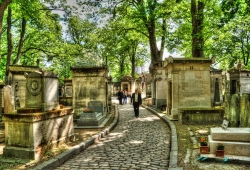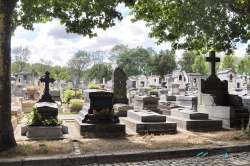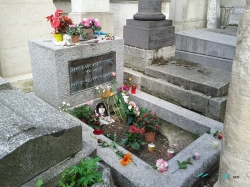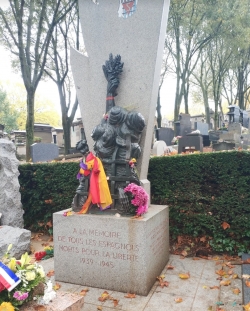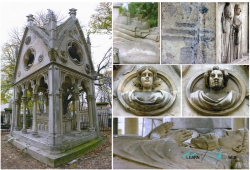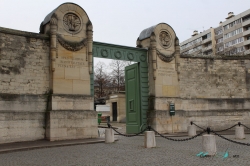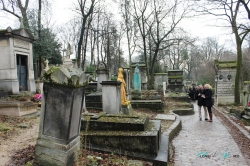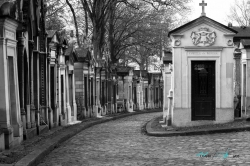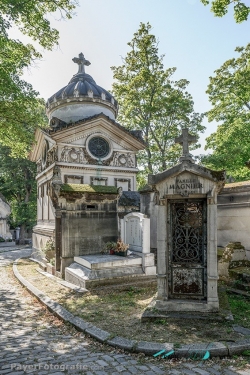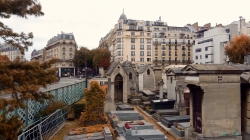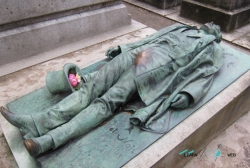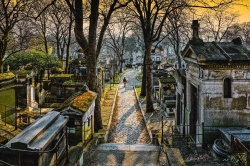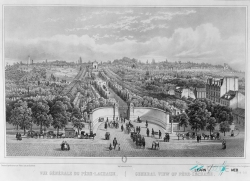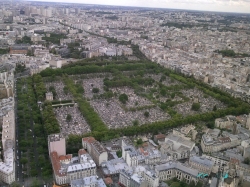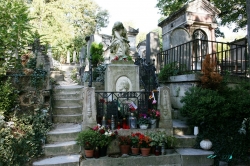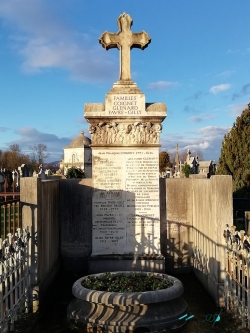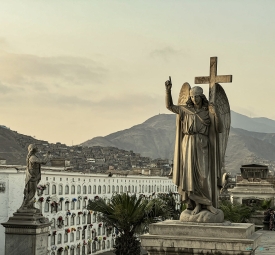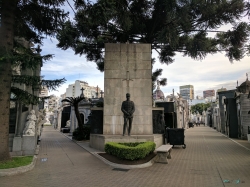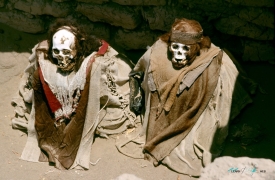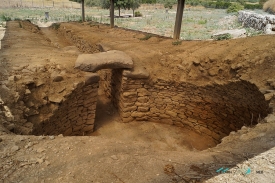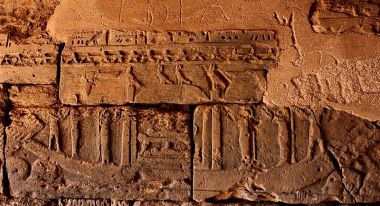ABOUT Père Lachaise Cemetery
The Père-Lachaise cemetery is the largest intramural Parisian cemetery and one of the most famous in the world. Located in the 20th arrondissement, many famous people are buried there. It welcomes more than three and a half million visitors each year, making it the most visited cemetery in the world. If it has become a major tourist spot in Paris, Père-Lachaise remains an active cemetery in which numerous funeral operations and commemorative ceremonies take place each year.
Following the closure of the cemetery of the Innocents on December 1, 1780, in late application of the law of 1765 which prohibited cemeteries in the city, Paris began to run out of burial places.
Napoleon Bonaparte, consul, decreed that "every citizen has the right to be buried whatever his race or religion", settling the case of disbelievers, excommunicated, actors and the poor.
On June 12, 1804, an imperial decree on burials definitively fixed the rules to be applied for the location and organization of cemeteries.
The prefect of Paris decreed the allocation of 17 hectares of Mont-Louis to the creation of the "cemetery of the East". The design of the cemetery was entrusted to the neoclassical architect Alexandre-Théodore Brongniart in 1803. As chief inspector general of the second section of public works of the department of Seine and the City of Paris, Brongniart will design the main axes in the form, for the first time, of an immense English garden, with uneven paths, provided with trees and plants of various species and bordered by sculpted burials.
Three types of burial are planned: in mass graves to the left of the entrance, in time-limited concessions around and finally in more prestigious monuments in wooded areas.
Following the closure of the cemetery of the Innocents on December 1, 1780, in late application of the law of 1765 which prohibited cemeteries in the city, Paris began to run out of burial places.
Napoleon Bonaparte, consul, decreed that "every citizen has the right to be buried whatever his race or religion", settling the case of disbelievers, excommunicated, actors and the poor.
On June 12, 1804, an imperial decree on burials definitively fixed the rules to be applied for the location and organization of cemeteries.
The prefect of Paris decreed the allocation of 17 hectares of Mont-Louis to the creation of the "cemetery of the East". The design of the cemetery was entrusted to the neoclassical architect Alexandre-Théodore Brongniart in 1803. As chief inspector general of the second section of public works of the department of Seine and the City of Paris, Brongniart will design the main axes in the form, for the first time, of an immense English garden, with uneven paths, provided with trees and plants of various species and bordered by sculpted burials.
Three types of burial are planned: in mass graves to the left of the entrance, in time-limited concessions around and finally in more prestigious monuments in wooded areas.



